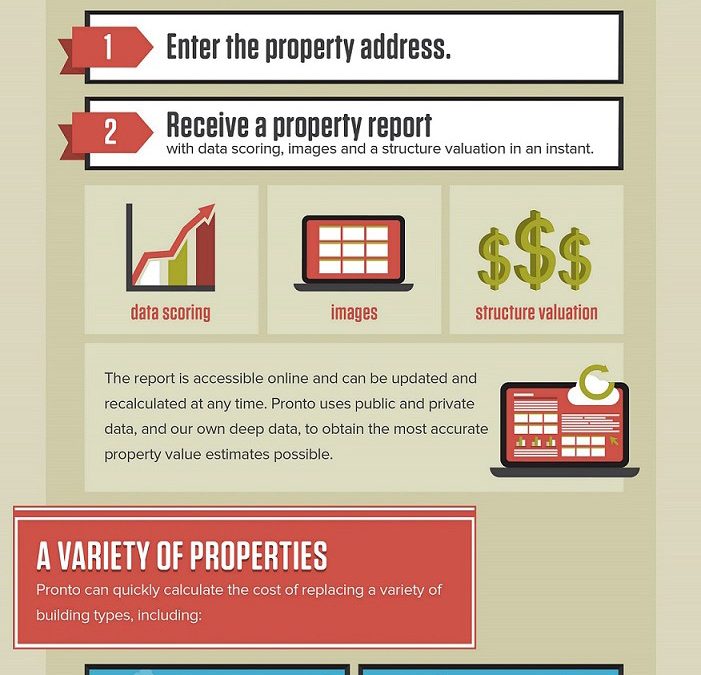The Insurance Information Institute (I.I.I.) and State Farm recently released the results of their research into lightning-related claims data from the last decade.
The study found that insurers paid just under 115,000 lightning claims in 2013, down about 24 percent from the previous year. The average amount of these claims also dropped significantly, falling more than 8 percent from $6,400 to $5,869. As a result of these trends, the total amount of insured losses from lightning fell more than 30 percent.
A press release from the Institute correlated the claims data with information from the National Weather Service, which showed a 14 percent decrease in the number of days with lightning causing property damage. The I.I.I. cautions: "While this is good news for homeowners, lightning is still an extremely costly weather-related event."
Insurers paid almost $674 million to cover lightning claims filed by more than 100,000 policyholders. This is down significantly from 2010 to 2012, when insurers were paying more than $1 billion per year to cover property damage caused by lightning. In addition to less thunderstorm activity, the I.I.I. attributes the drop in damage to increased awareness of the risk posed by lightning and wider adoption of protection systems.
Papers published by the American Meteorologist Society and multiple branches of the U.S. government and military have highlighted the value of using lightning protection systems. However, no contemporary equipment is capable of completely eliminating the risk posed to buildings by lightning, so insurers must always be prepared to handle claims that may arise from lightning damage. This requires up-to-date valuations for all insured residential, commercial and farm & ranch properties.
Another factor for stakeholders to bear in mind is that the same dry conditions that have played a role in reducing lightning damage could escalate the risk of wildfires.
Where do property owners face the greatest risk from lightning?
State Farm and the I.I.I. found that Georgia had by far the highest number of lightning claims in 2013, with more than 11,000 filed by property owners in the state. However, most of the claims filed in Texas had a far higher cost, averaging about $8,400, relative to $5,000 in Georgia. As a result of this disparity, the two states had almost the same total amount of insured losses from lightning in 2013, despite Texas having more than 4,000 fewer claims.
The Lightning Protection Institute, a nonprofit that raises awareness about the risk posed by lightning, offers a few additional facts that underscore the extent of lightning risk.
- There are estimated to be more than 1,800 thunderstorms taking place on Earth at any given moment, causing up to 100 lightning strikes per second.
- From 2007 to 2011, fire departments in the United States responded to more than 90,000 fires caused by lightning, according to the National Fire Protection Association.
The increasing density of urban communities and continuing focus on high value development among buyers, builders and financiers are putting upward pressure on real estate prices and replacement cost values. The State Farm/I.I.I. study may provide a glimpse of one way that this is affecting insurance claims. Since 2004, the number of lightning-related claims paid by insurers each year has fallen almost 60 percent. However, the total amount of insured losses from lightning only fell 8.4 percent over the same period.
Property owners need to be proactive about ensuring that they have the appropriate coverage. At the same time, insurance carriers can do their part to be prepared by creating accurate replacement cost estimates and keeping them up to date to account for alterations to structures or local changes in the cost of building materials and labor. One of the key benefits of partnering with the leading provider of web-based property valuation solutions is the ability to accurately create replacement costs for any type and size residential property, including high value homes, and for commercial, and farm and ranch structures.

